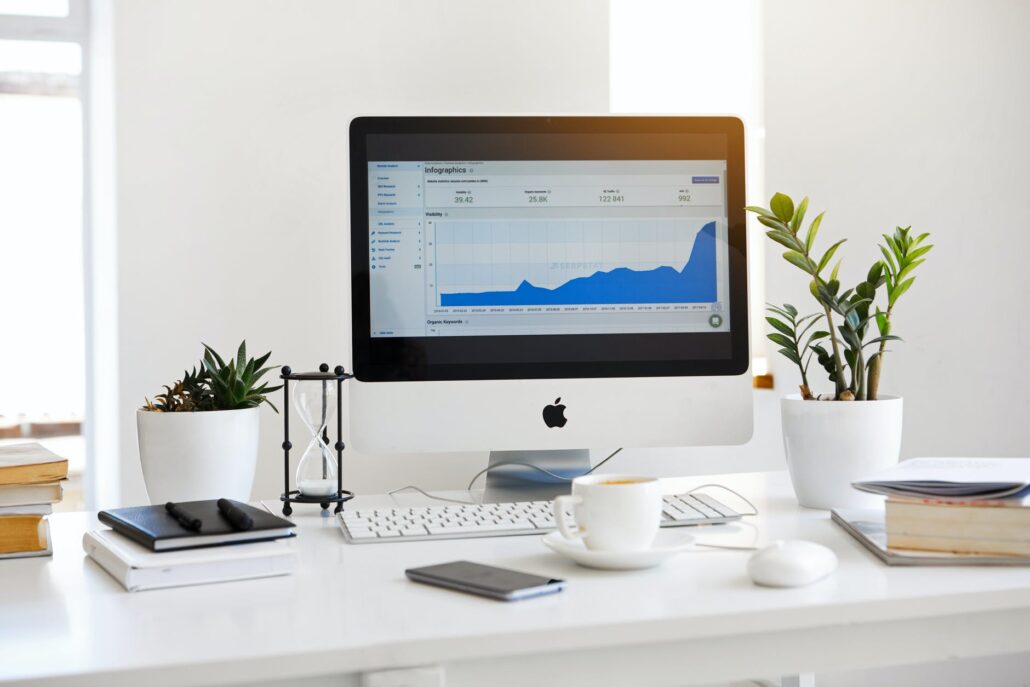What is Page RPM?
Definition and Importance
Page RPM, or Revenue Per Mille, is a vital metric used by publishers to measure the revenue generated from their website or mobile app per thousand views or impressions. This metric helps in assessing the effectiveness of ad placements and overall revenue generation strategies. Understanding Page RPM allows publishers to identify high-performing pages and optimize their content accordingly.
How to Calculate Page RPM
To calculate Page RPM, use the following formula:
For instance, if a page earns $20 from 2000 views, the calculation would be:
This indicates that for every thousand views, the page generates $10 in revenue.
10 Proven Ways to Increase Page RPM by 40%
1. Enhance Content Quality
Focus on delivering high-quality content that meets user needs. Engaging and relevant content encourages longer visits, leading to higher ad engagement and increased Page RPM.
2. Optimize Ad Placement
Strategically position ads within your content. Ads should be placed where they are easily visible without disrupting the user experience. This can significantly improve click-through rates (CTR) and subsequently boost Page RPM.
3. Improve Website Speed
Website loading speed is crucial for user retention. A faster site enhances user experience and ensures ads are viewed, which can lead to higher engagement rates. Techniques include image compression, minimizing code, and using a Content Delivery Network (CDN).
4. Utilize Content Recommendations
Implement content recommendation tools to keep users engaged longer on your site. By suggesting related articles or products, you increase page views, which directly impacts Page RPM positively.
5. Diversify Ad Networks
Relying on multiple ad networks can improve fill rates and competition for ad space. This diversity can lead to better ad performance and higher revenue per impression.
6. Focus on Mobile Optimization
Ensure your site is mobile-friendly. With an increasing number of users accessing content via mobile devices, optimizing for mobile can enhance user experience and increase engagement rates, thereby boosting Page RPM.
7. Leverage A/B Testing
Conduct A/B tests on different ad formats and placements to determine which configurations yield the highest revenue. This data-driven approach allows you to refine your strategies effectively.
8. Enhance User Engagement
Encourage user interaction with your content, such as comments or shares. Engaged users are more likely to click on ads, increasing your overall Page RPM.
9. Monitor Analytics Regularly
Regularly analyze your traffic and revenue metrics to identify trends and areas for improvement. Tools like Google Analytics can provide insights into which pages perform best and why.
10. Optimize for SEO
Implement strong SEO practices to drive organic traffic to your site. Higher traffic can lead to increased ad impressions and ultimately a higher Page RPM. By implementing these strategies, publishers can effectively increase their Page RPM by up to 40%, leading to enhanced revenue generation and improved website performance overall.

